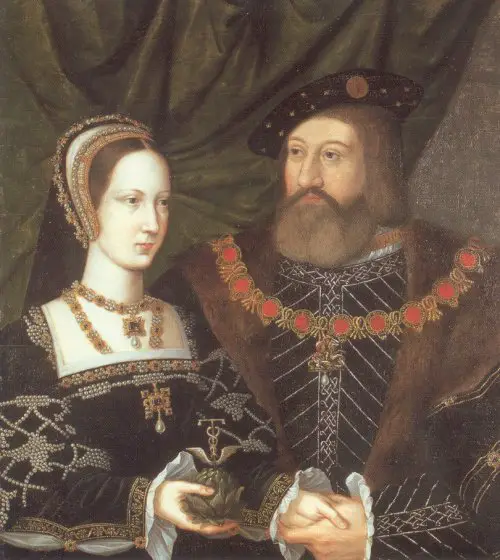 The Feast of St John the Baptist was one of the most important feast days of the medieval and Tudor calendar and coincided with Midsummer, the pagan celebration of the summer solstice.
The Feast of St John the Baptist was one of the most important feast days of the medieval and Tudor calendar and coincided with Midsummer, the pagan celebration of the summer solstice.
It was a time when it was believed that the fairy folk were abroad and humans could be magical. Fire was at the heart of the celebrations and jumping through fire was thought to bring good luck. It was also believed that evil spirits were roaming free and that the fires warded them off. The actual evil that was around at this time was disease, brought by fleas and mosquitoes which bred at this time of year and which spread malaria and the Plague. One fire that was lit at this time was the “bone fire”, or bonfire, which was made up of bones. Its pungent smell was believed to ward off evil and scare off dragons. Fire could also be used to predict the farmer’s fortune. A cartwheel was wrapped in straw, set alight and then rolled down a hill. If it was still burning when it got to the bottom then the farmer would have a good harvest.
There was also plenty of dancing, drinking of ale and socialising.
Midsummer was also the time for haymaking.
(Taken from the Feast Days section of the June edition of Tudor Life)
Photo: Traditional Midsummer Night Festival bonfire in Lappeenranta, Finland, taken by Petritap, Wikimedia Commons.



Very interesting. I love Shakespeare’s play Midsummer Night’s Dream.